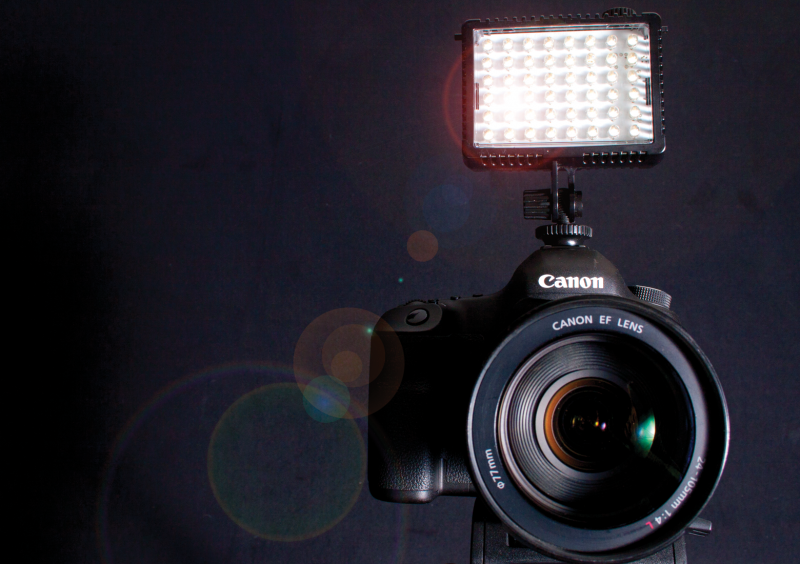There are many aspects that go into creating the perfect photograph. But, as I mentioned in my last post, the two most important aspects of a photograph are lighting and composition. Lighting is a very complex aspect of photography, and photographers work hard to figure out what lighting will create the effect they want. These facts about lighting play an enormous role in helping photographers to create the effect that they want to achieve.
1. Bouncing light acts as another form of diffusion
If a narrow light source is aimed at a broad, matte surface like a wall, the surface will not only reflect the light. The matte surface, which could also be a ceiling or a matte reflector, diffuses the light in addition to reflecting it. It diffuses the light by scattering it over a wider area.
If a shiny reflector is used instead of a matte reflector, the light will remain fairly narrow after it bounces off of the surface. This can be seen in pictures of jewelry with stones that have flat surfaces due to the cut of the jewelry. The most extreme case of this phenomenon, however, can be seen with a mirror. When the reflector is a mirror, the light with remain focused about as narrowly in the reflection as it was originally.
2. The closer the light source, the softer the light (and vice versa)
It is helpful for a photographer to know that the distance between a light source and the subject of the photograph plays a role in the light. The farther the light source, the harder the light will appear. It makes sense when you think about it. When a light is moved closer, it becomes bigger and broader in relation to the photograph’s subject. When the light is moved farther, it is getting smaller and more narrow.
We can better understand this concept if we picture the sun, which is extremely broad, having a diameter around 109 times the diameter of earth. However, the sun is far away, thus taking up a small portion of the sky and casting a very hard light when the light falls directly on us. This tip is helpful for when photographing people indoors and trying to adjust the lighting to flatter the people. Instead of just changing the angle at which the light is hitting the subject, adjust how close or far a light is from a subject.
3. Shadows create volume
Shadows are the reason that we can see three-dimensionality. If it weren’t for shadows, we would not be able to see images as objects in space, but instead as objects projected onto flat surfaces.The sense of volume is created by lighting that either comes from the side, above, or below. This effect is created because lighting that comes from these directions casts deeper and longer shadows. For this reason, product, still-life, and landscape photographers usually use angular lighting.
This fact is helpful when creating dramatic portraits. For best results, place the light high above and slightly to the side of the subject, while also angling the light down. Make sure that the light is not angled so far down that the shadow of the nose falls any more than halfway down the upper lip.
Overall, photography is an artform that relies heavily on lighting. The lighting of a photograph can completely change the effect, whether the intent is to flatter the subject, to make an aesthetically pleasing photograph, or to create something that catches a person’s eye. When we reflect (see what I did there?) on all of the ways that light affects a photograph, it is no wonder that photographers put so much emphasis on the lighting in their work.
